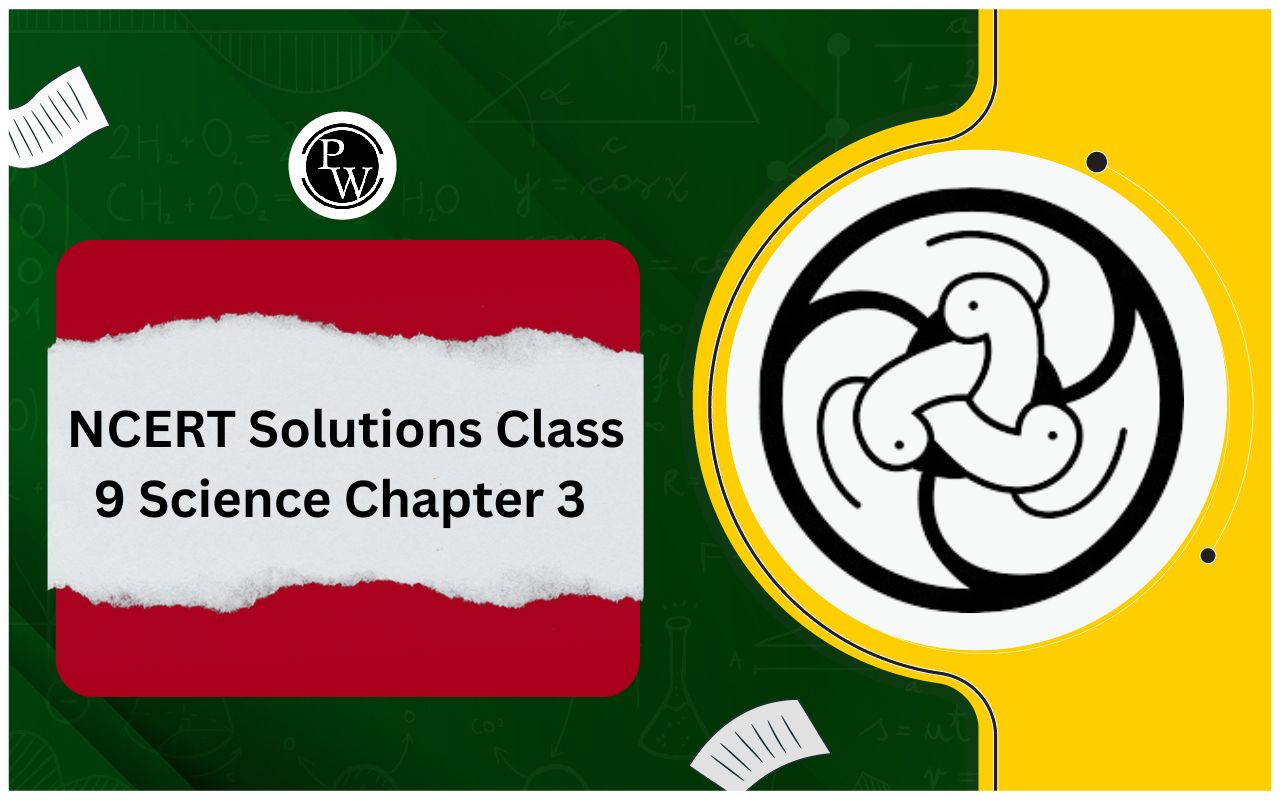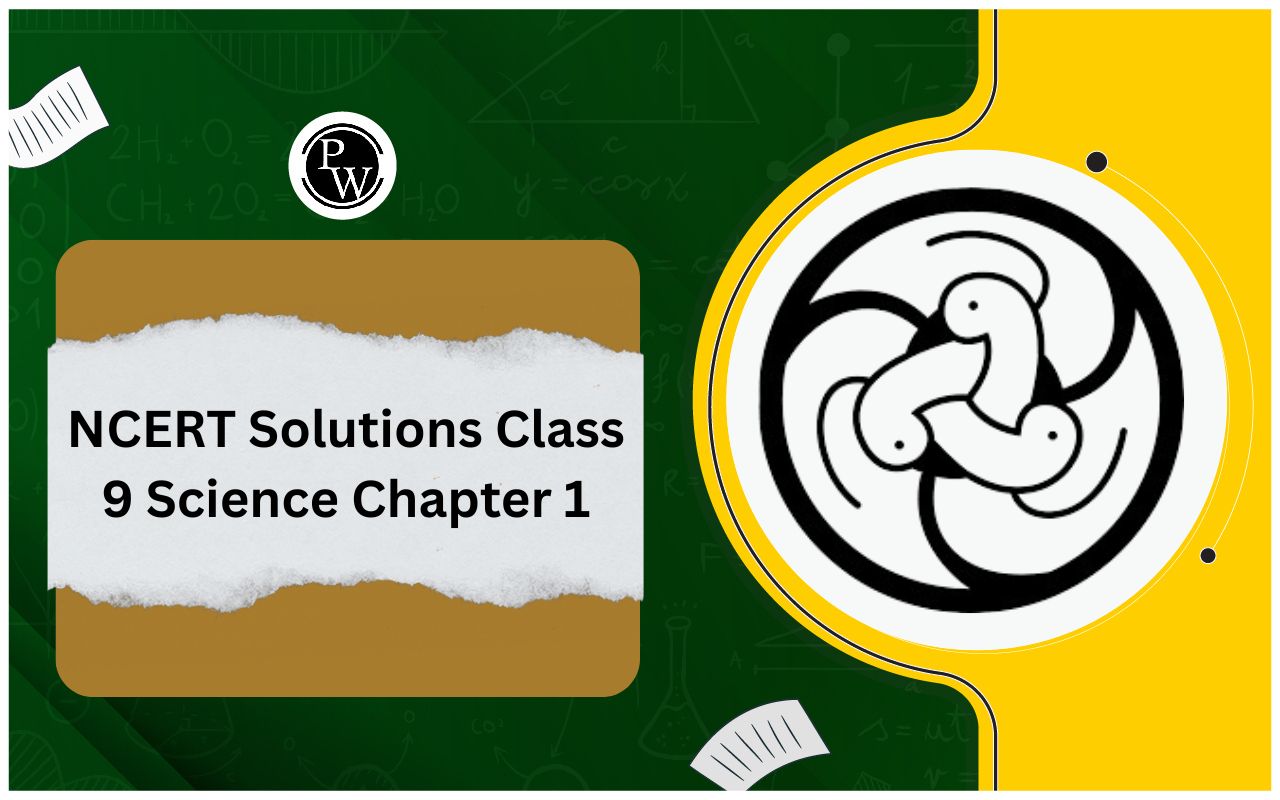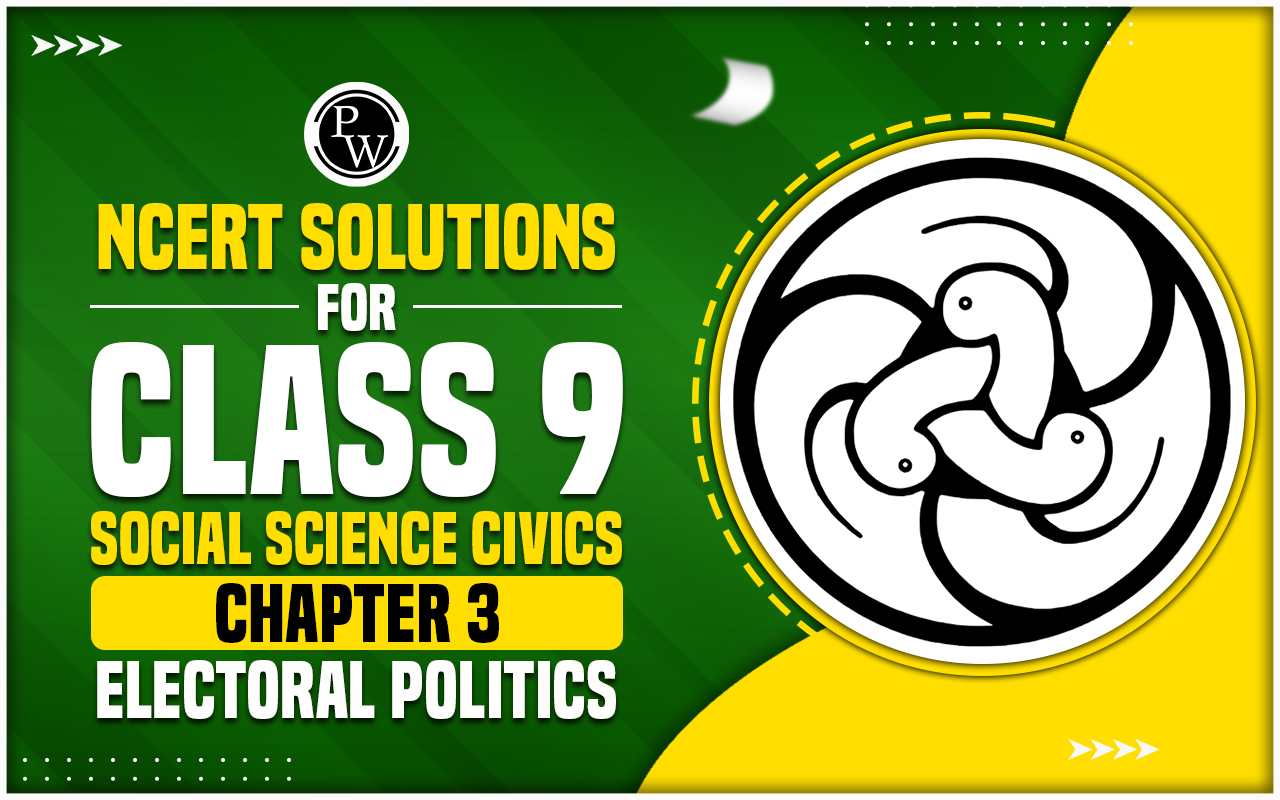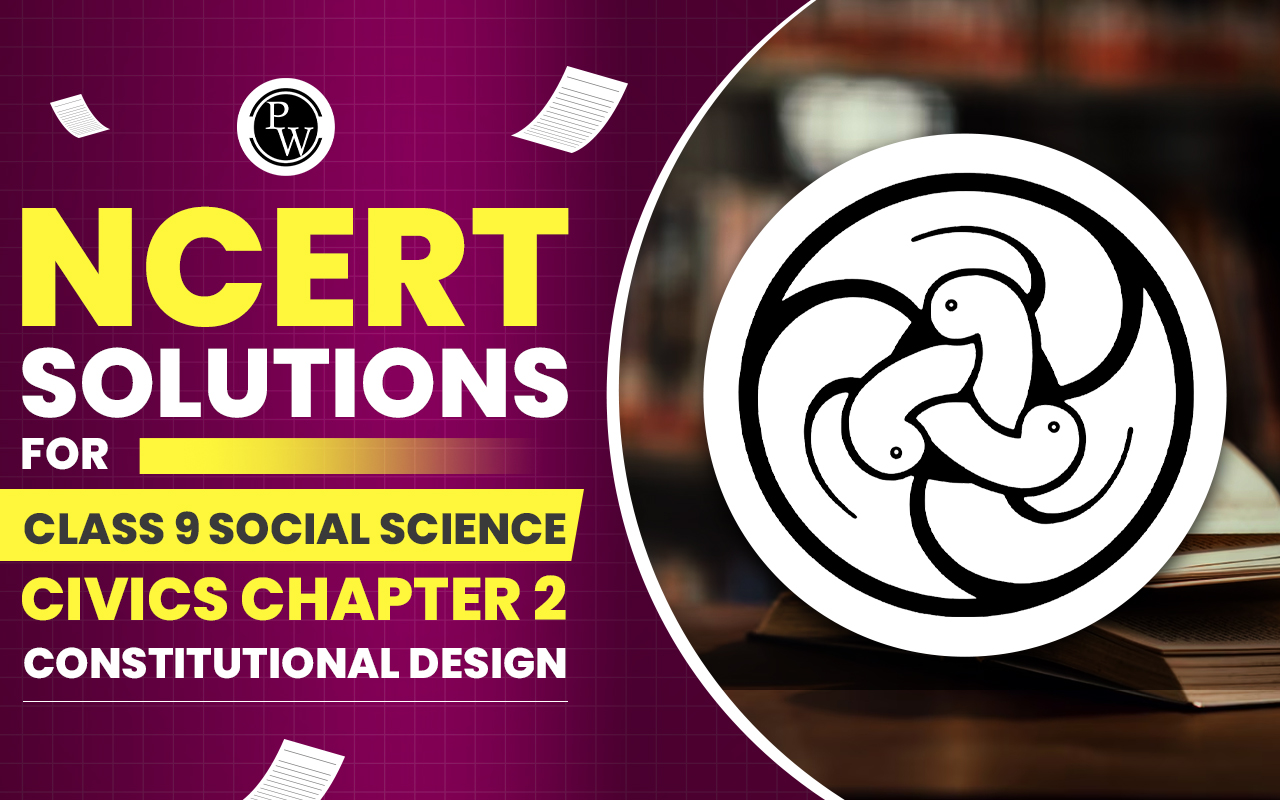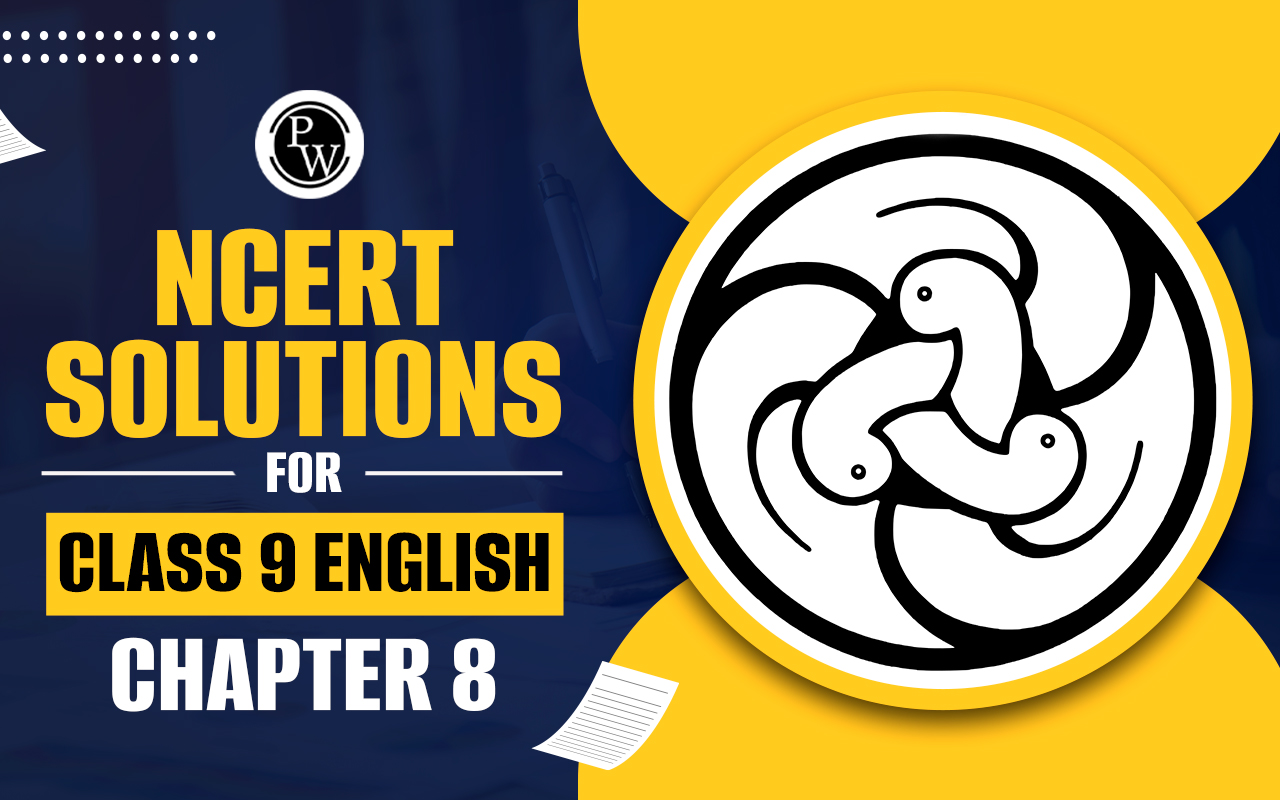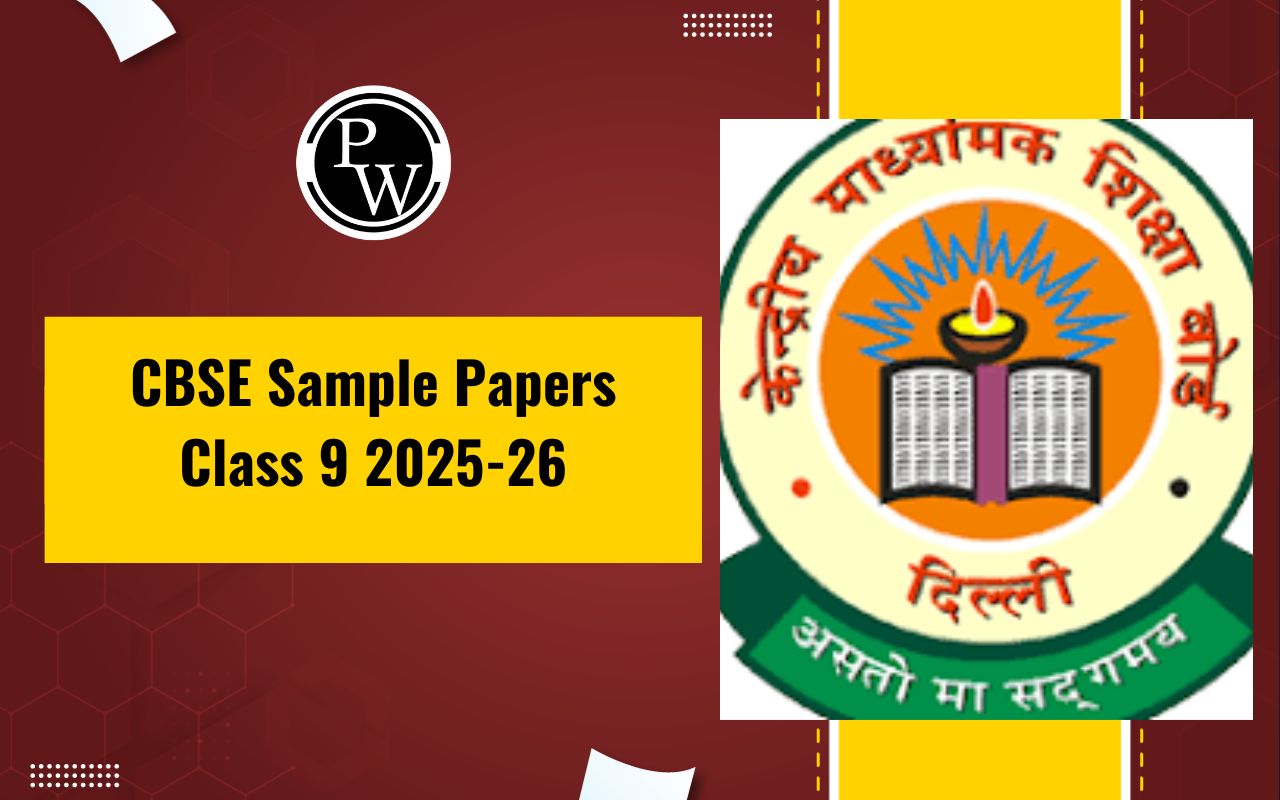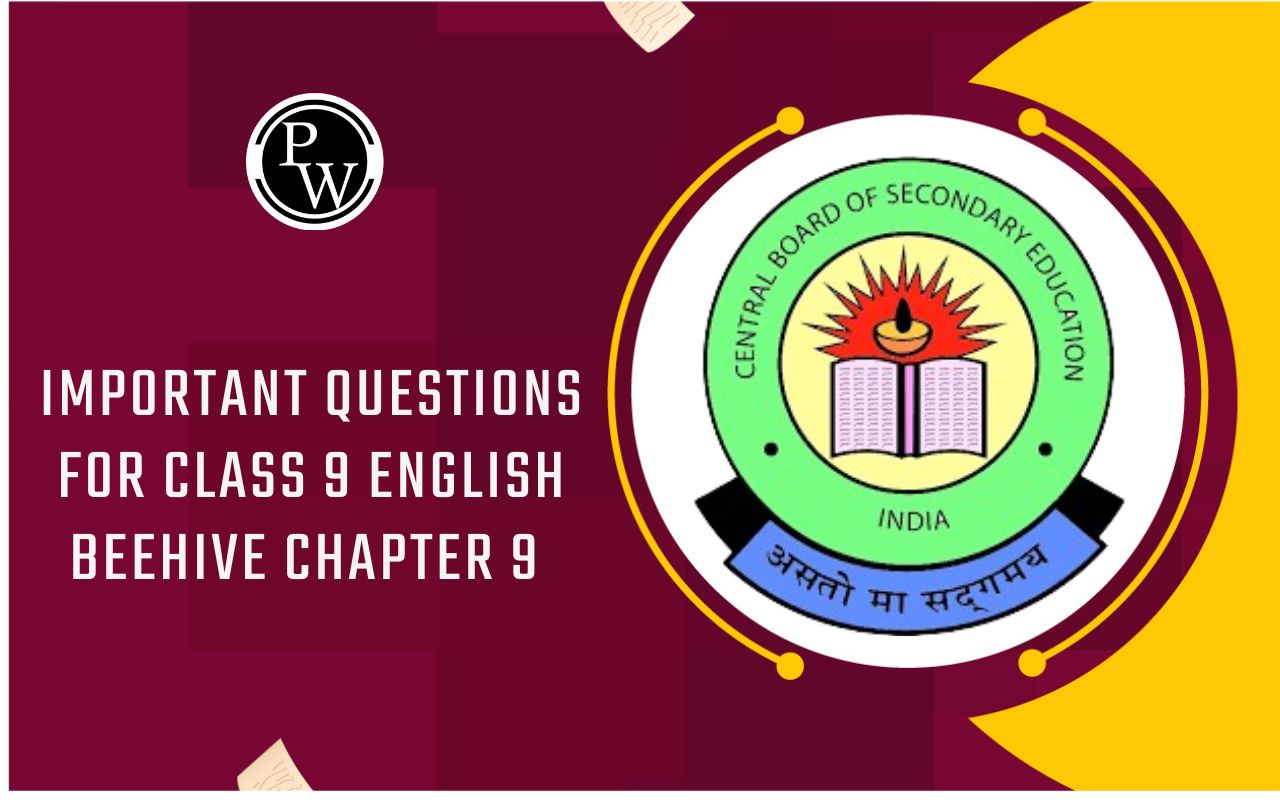
NCERT Solutions for Class 9 English Chapter 10: For your reference we have included detailed and completely authentic NCERT Solutions for Class 9 English Chapter 10 in Kathmandu. These solutions cover every question in the Beehive textbook. An effective understanding of textbooks is essential for exam preparation, and we provide NCERT Solutions for Class 9 English Chapter 10 to help students grasp the material in-depth.
To facilitate learning anytime and anywhere, you can also download the NCERT Solutions for Class 9 English Chapter 10 in PDF format. Whether you’re revising or looking for detailed explanations, these solutions will be your ultimate guide. Download the Kathmandu Class 9 Questions and Answers for free and enhance your preparation with reliable resources at your fingertips.NCERT Solutions for English Chapter 10 Kathmandu Class 9 Questions and Answers PDF
All of the questions from your textbook are answered in detail by class 9 English Kathmandu. To get excellent grades in your class 9 English test, you must have a solid understanding of class 9 English Kathmandu. We've paid close attention to the questions that matter for your tests. We have made these responses as simple as we can for you to understand. Here we have provided NCERT Solutions for Class 9 English Chapter 10.NCERT Solutions for Class 9 English Chapter 10 PDF
NCERT Solutions for Class 9 English Chapter 10 Kathmandu
Question 1. What difference does the author note between the flute seller and the other hawkers?
Answer: The flute salesperson, according to the author, plays the instrument softly and understatedly in contrast to other hawkers. He doesn't advertise loudly. Now and then he closes a deal, but he does so in an oddly casual manner, as though it were unrelated to his business.
Question 2 . What is the belief at Pashupatinath about the end of Kaliyug?
Answer: On the bank of the Bagmati River, a little shrine partially rises from the stone platform. It is thought that when it fully emerges, the terrible Kaliyug period will come to an end on Earth and the goddess within will escape.
Question 3. The author has drawn powerful images and pictures. Pick out three examples of each of the:
(i) the atmosphere of ‘febrile confusion’ outside the temple of Pashupatinath (for example: some people trying to get the priest’s attention are elbowed aside…) (ii) the things he sees (iii) the sounds he hearsAnswer:
The author has created striking illustrations and photos. (i) The "febrile confusion" that surrounds the grounds of the Pashupatinath temple, where priests, vendors, pilgrims, tourists, cows, monkeys, pigeons, and dogs wander. We present a few bouquets. A group of Westerners dressed in saffron fight to get through the barrier, which indicates that only Hindus are permitted into the temple. (ii) The things he observes shops selling copper utensils and Nepalese antiques, or Western cosmetics, film rolls, chocolate, and little shrines to flower-adorned deities lining the busiest, narrowest streets; fruit sellers, flute sellers, and postcard vendors. (iii) The sounds he hears are as follows: sellers shouting their wares, car horns honking, bicycle bells ringing, wandering cows looking questioningly at motorcyclists, and film tunes blasting from the radio.Related Links -
III. Answer the following questions in not more than 100–150 words each.
Question 1: Compare and contrast the atmosphere in and around the Baudhnath shrine with the Pashupatinath temple.
Answer:
According to the author, there was "febrile confusion" in the Pashupatinath shrine. He reports seeing priests, vendors, tourists, cows, monkeys, birds, and dogs wandering around the property. People are pushed aside by others who are trying to get to the front since there are so many worshippers. There was a sense of silence at the Buddhist shrine, Baudhnath temple. There isn't any throng. A haven of peace and safety amidst the bustling streets nearby.Question 2: How does the author describe Kathmandu’s busiest streets?
Answer: The busiest streets of Kathmandu, according to the author, are colorful, commercial, and religious, with little shrines to flower-adorned deities lining the busiest and narrowest avenues. Fruit vendors, flute vendors, postcard vendors, and stores offering Western cosmetics, film rolls, and chocolate, as well as copper kitchenware and Nepalese antiquities, line the streets.
Radios play movie soundtracks, automobile horns blast, bicycle bells chime, wandering cows cast doubt on motorbikes, and street sellers announce their products.Question 3: “To hear any flute is to be drawn into the commonality of all mankind.” Why does the author say this?
Answer: “To hear any flute is to be drawn into the commonality of all mankind.”
This is said by the poet while he discusses five different kinds of flutes: the high-pitched Chinese flutes, the clear or breathy flutes of South America, the deep bansuri of Hindustani classical music, the Japanese shakuhachi, and the reed neh. He claims that the sound of a flute is both the most specific and the most general. It exists in all cultural contexts. According to him, flutes are connected to our shared traits. The motive force is life, much like any human being. It must also take a moment to rest before continuing.II. Question 1: Use the suffixes -ion or -tion to form nouns from the following verbs. Make the necessary changes in the spelling of the words.
Example: proclaim – proclamation cremate ___________ act ___________ exhaust ___________ invent ___________ tempt ___________ immigrate ___________ direct ___________ meditate ___________ imagine ___________ dislocate ___________ associate ___________ dedicate ___________Answer:
cremate cremation; act action; exhaust exhaustion invent invention; tempt temptation; immigrate immigration direct direction; meditate meditation; imagine imagination dislocate dislocation; associate association; dedicate dedicationQuestion 2: Now fill in the blanks with suitable words from the ones that you have formed.
(i) Mass literacy was possible only after the ___________ of the printing machine. (ii) Ramesh is unable to tackle the situation as he lacks ___________. (iii) I could not resist the ___________ to open the letter. (iv) Hardwork and ___________ are the main keys to success. (v) The children were almost fainting with ____________after being made to stand in the sun.Answer:
(i) Mass literacy was possible only after the invention of the printing machine. (ii) Ramesh is unable to tackle the situation as he lacks imagination. (iii) I could not resist the temptation to open the letter. (iv) Hardwork and dedication are the main keys to success. (v) The children were almost fainting with exhaustion after being made to stand in the sun.NCERT Solutions for Class 9 English Chapter 10 FAQs
What are the confusion outside the temple in Kathmandu?
Why was there a febrile confusion at Pashupatinath temple?
What are the two temples the narrator had visited in Kathmandu?


